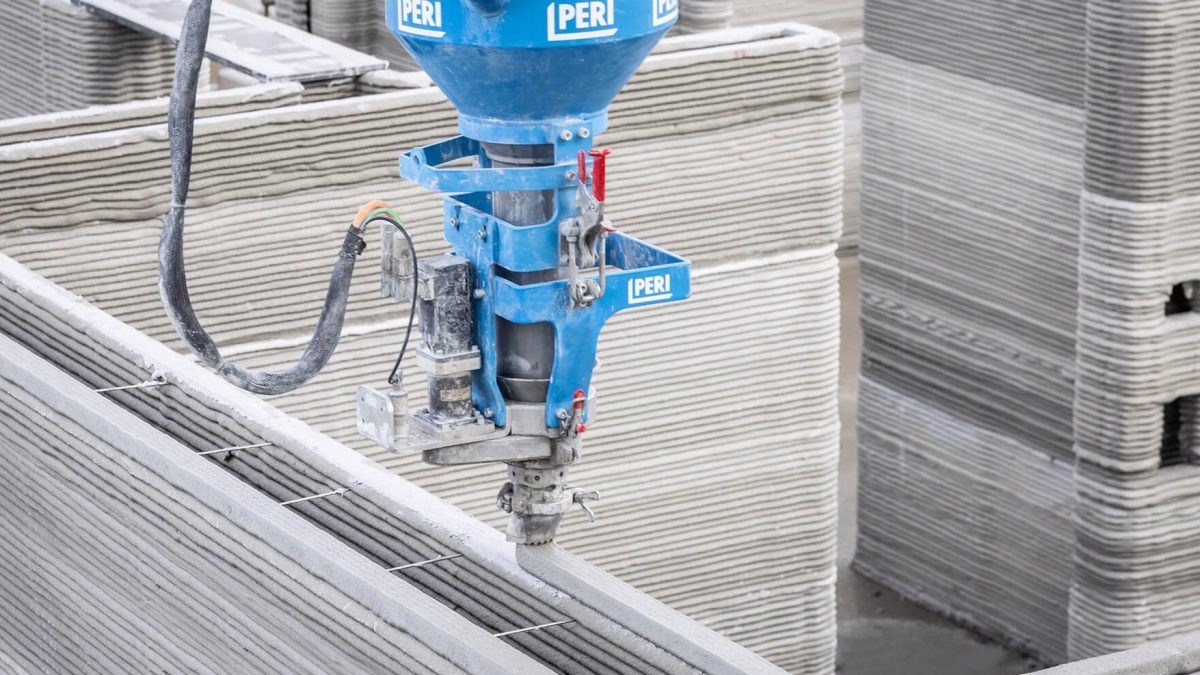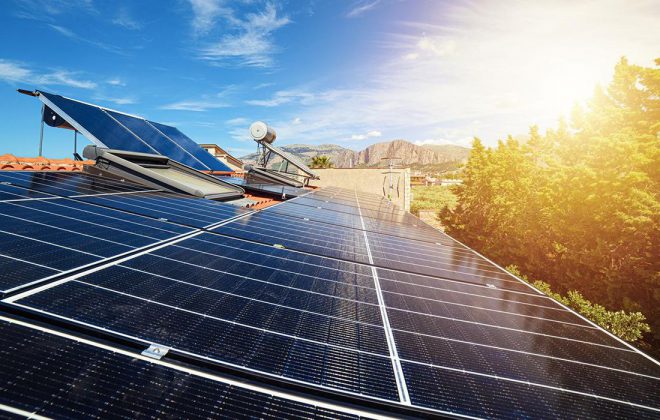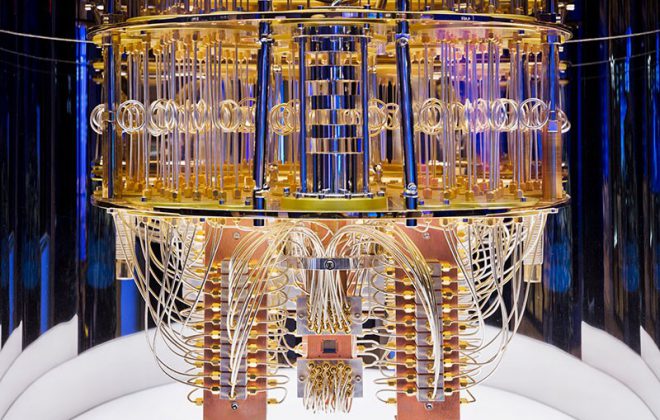3D printing is the future of the construction industry
The construction industry is approaching a new dawn, as companies keep proving the many benefits of 3D printed homes over traditionally-built homes.
3D printed homes are almost better in every department, they’re cheaper, faster and more sustainable to build.
With these superior advantages, it’s only natural to assume that our future homes will be built by 3D printers.
Currently, the technology is still considered to be in the ‘experimentation phase’, but that is soon going to change.
For example, homebuilding company Lennar and ICON, a construction firm specialising in 3D-printing, have teamed up on a project to build the world’s largest 3D-printed neighborhood in Texas.
The project will include the construction of 100 single-story houses, each taking only 1 week to build… Yep, 1 week.
It is a sign that the new dawn is near, and ready to shine a bright, positive new light on the construction industry.
But first of all, let’s understand how the ground-breaking technology works…
What is a 3D printed house?
A 3D printed house is first designed via a computer program. Then, a 3D printer can use this data to build up a house by depositing material layer-by-layer.
This material is usually concrete, which is sturdy, resilient and reliable.
Watch the world’s largest 3D-printed house being built below:
It’s important to note that the 3D printer is only responsible for the building of the frame and walls of the house.
Meanwhile, other parts such as the roof, windows, electricity and plumbing still need to be built in the traditional method.
Now let’s take a look at the defining advantages of 3D printed homes…
Speed
This is one of the main aspects where 3D printing triumphs over traditional building methods.
A traditionally-built home would take an average of 6-7 months to be built. A 3D-printed home, on the other hand, would take only a matter of weeks, or even days. It sounds impossible, but it’s true.
For example, in the US, the company SQ4D built a massive, 1,900-sq ft house in only 8 days, with 48 hours in total print time using the Autonomous Robotic Construction System, or ARCS.
Within these 48 hours of printing, ARCS constructed the home’s foundations, exterior and interior walls, interior conduits and other features, which SQ4D says accounts for up to 41% of the total construction of a home.
You think that’s amazing? Back in 2014, Chinese private firm WinSun used four 10 x 6.6m 3D printers to build 10 full-sized single-storey houses in just 24 hours.
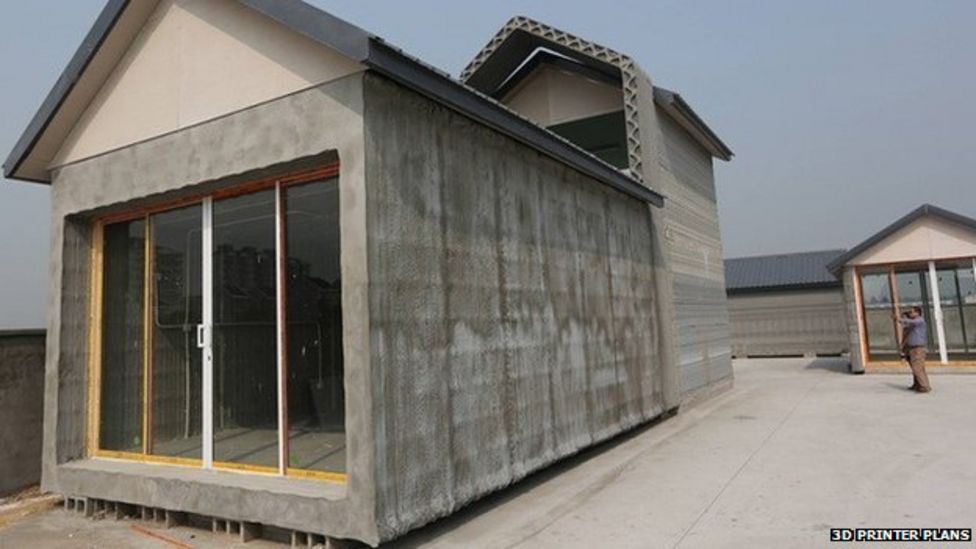
The technology is still in its infancy, and is only likely to get quicker at its job with further advancements.
Lower Cost
Another advantage of 3D printing homes is that it costs less.
Currently, a 3D printed home would cost about half the price of a traditionally-built home. But the price is likely to drop even further.
The reduced cost is down to several factors.
First of all, using concrete rather than wood to build the wall system drives down the price. This is especially true after the pandemic saw the cost of timber and other building materials double or even triple.
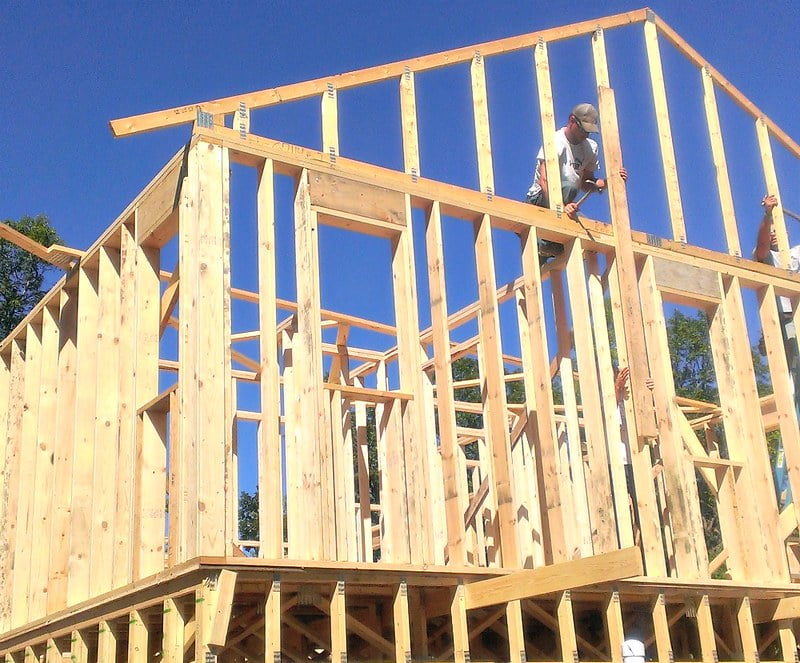
Secondly, fewer workers are needed on site because the 3D printer basically does all the work for you, which drives down production costs.
Let’s turn towards an example. Last year SQ4D sold a 1400-sq ft, 3 bedroom, 2 bath home for less than $300,000 in Riverhead, NY. That is about half of the price of a similar home in the area.
During the building of the house, as little as 2-3 people were needed on site.
SQ4D told NBC that they believe with higher profits they’ll be able to build houses for half the price.
Habitat for Humanity, a nonprofit organisation with the goal of constructing affordable homes, has also begun taking advantage of the benefits of 3D printed houses.
In partnership with Alquist, a 3D printing constuction company, Habitat for Humanity is relying on 3D printers to build affordable homes at faster rates.
This is assisting in combating the US’s affordable housing crisis fueled by increased material costs due to the pandemic and high demand on the housing market.
The National Low Income Housing Coalition estimates the shortage of affordable rental units for very low-income households to be 6.8 million units.
Habitat for Humanity believes it can alleviate poverty by using 3D printing, as it saved 15 percent on building expenses by using concrete rather than wood.
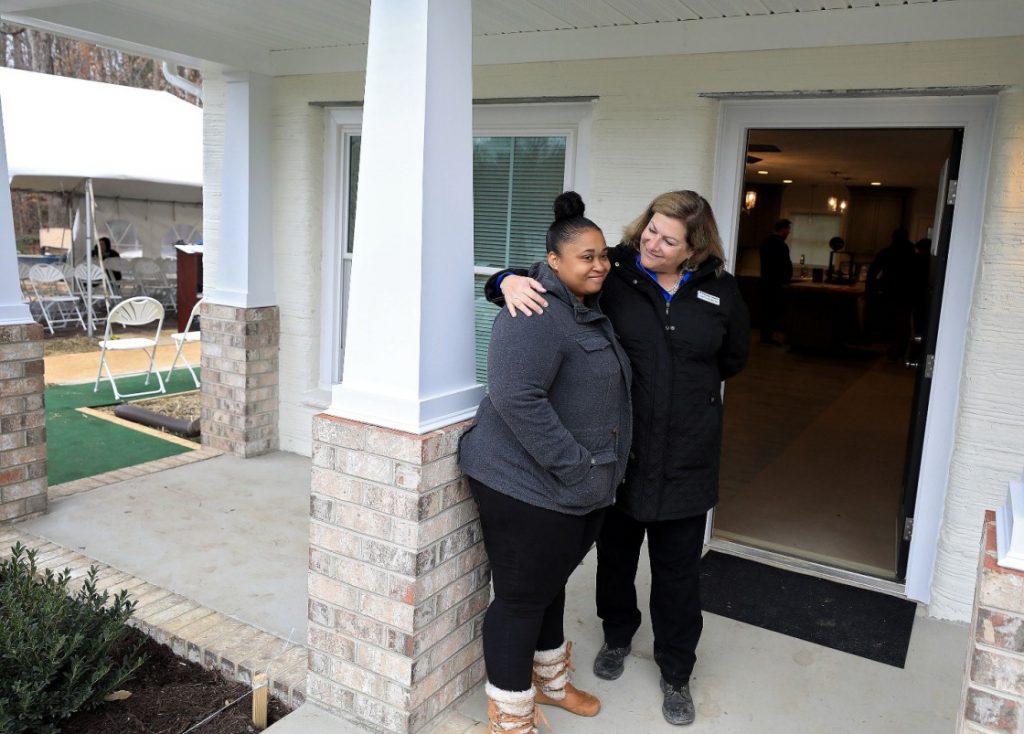
Strength and Durability
Strength and durability is an extremely important asset for all houses. Luckily, 3D printers use concrete to build its structures, which is a reliable and durable material known to be able to withstand natural disasters, fire, wind and water.
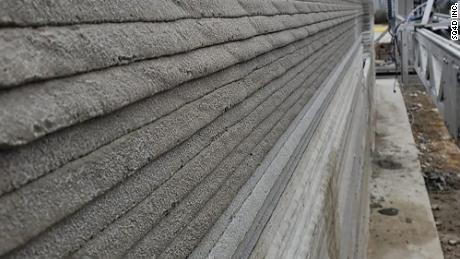
More Sustainable
To add to the list of the innumerable benefits, 3D-printed homes are also more sustainable to build.
This is because 3D printing requires less waste as it only uses materials that are actually needed for the home. For example, there is no waste produced from cutting or carving timber to build the frame of the house.
Additionally, there is less transportation of workers from one place to the other as fewer people are needed on site.
3D-printing also opens up the possibility of building homes with a mixture of sustainable materials.
Recently, Italian company WASP produced a house from natural mud mixed with local rice production and waste materials such as chopped straws.
New Design possibilities
Architects will no longer be constraint to rectangular designs for structural integrity and ease. 3D printing will open up a new area of freedom in the architect’s imagination with the possibility of curvilinear designs.
With 3D printing it is so easy to create curved walls, which may evolve what the future house will look like.
As you can see, there are ground-breaking reasons why 3D printing will shake up the construction industry in the future. It’s cheaper, stronger, more sustainable and much, much faster.
I believe that with these advantages it is only a matter of time before 3D-printed homes take over the mainstream market.
Sources:
- Bellamy, C. (2022). A concrete house, printed: Is this the answer to America’s housing crisis?. Retrieved 14 January 2022, from https://www.nbcnews.com/news/nbcblk/3d-printing-can-solution-nations-affordable-housing-crisis-rcna10725
- China: Firm 3D prints 10 full-sized houses in a day. (2022). Retrieved 14 January 2022, from https://www.bbc.com/news/blogs-news-from-elsewhere-27156775
- Hook, J. (2022). 3D-Printed Houses: Faster, Stronger, Cheaper?. Retrieved 14 January 2022, from https://www.buildsoft.com.au/blog/3d-printed-houses-faster-stronger-cheaper
- The Largest Permitted 3D Printed Home | SQ4D Inc. (2022). Retrieved 14 January 2022, from https://www.sq4d.com/largest-3d-printed-home/
- AI is the biggest technological breakthrough of the 21st century - January 19, 2022
- 3D printing is the future of the construction industry - January 14, 2022
- The top 5 tech that caught my eye in CES 2022 - January 10, 2022


